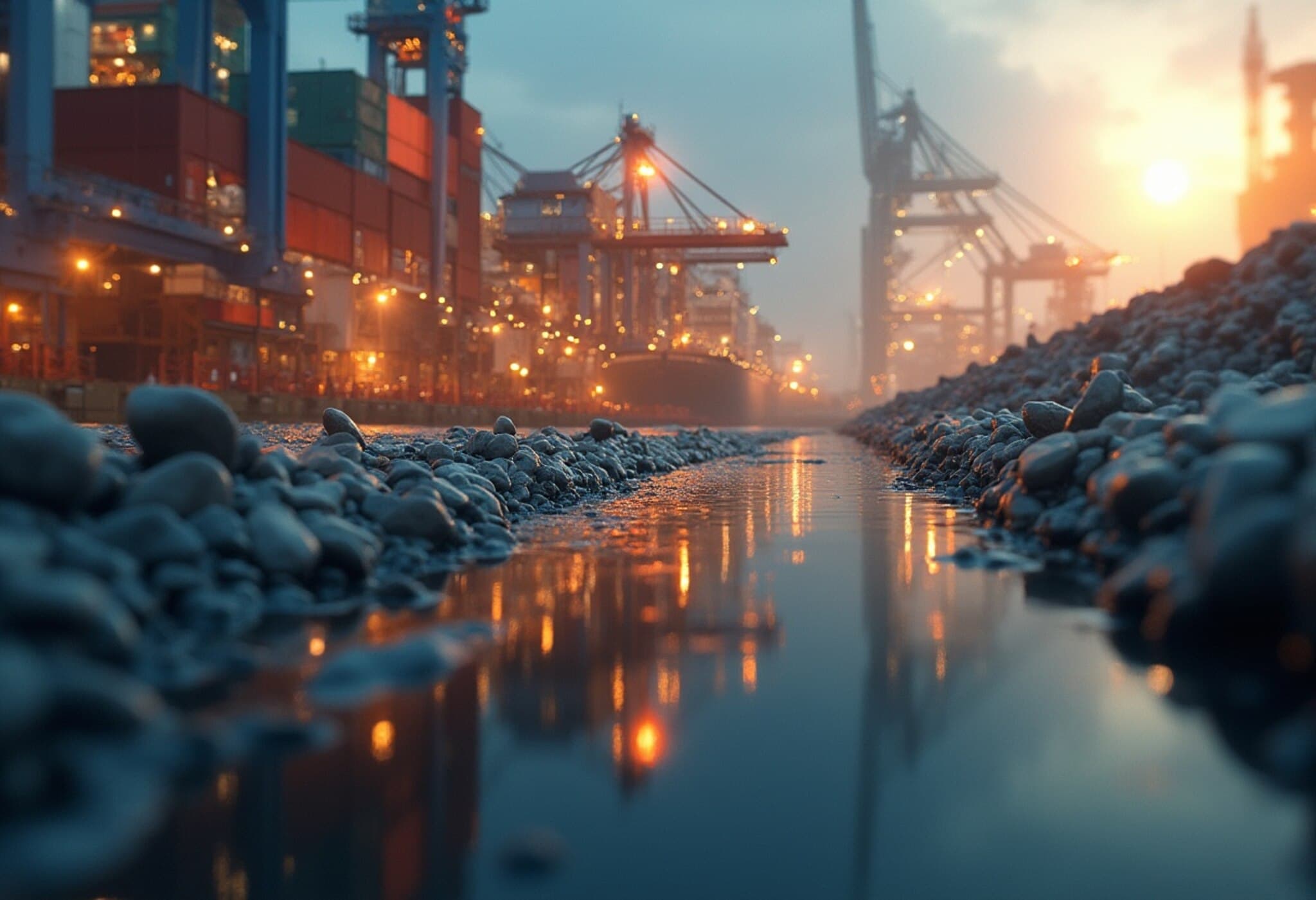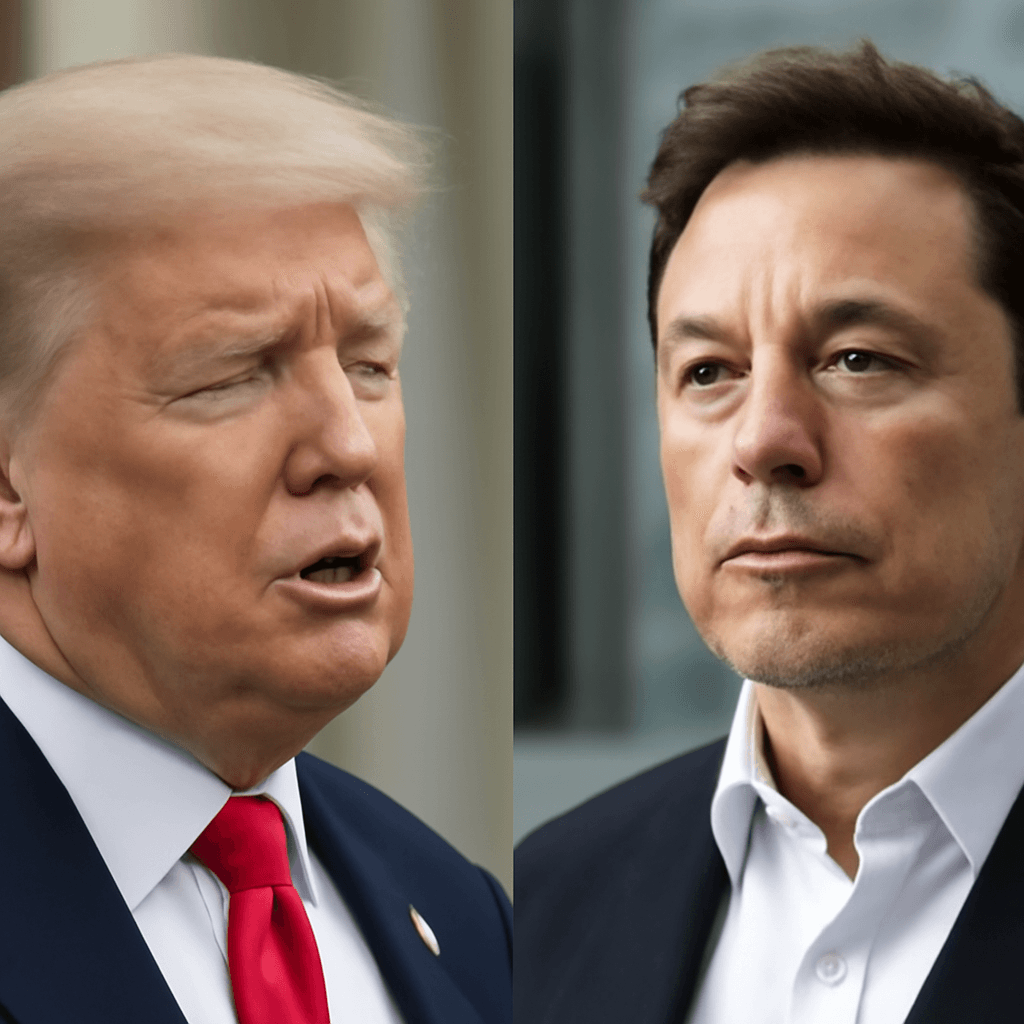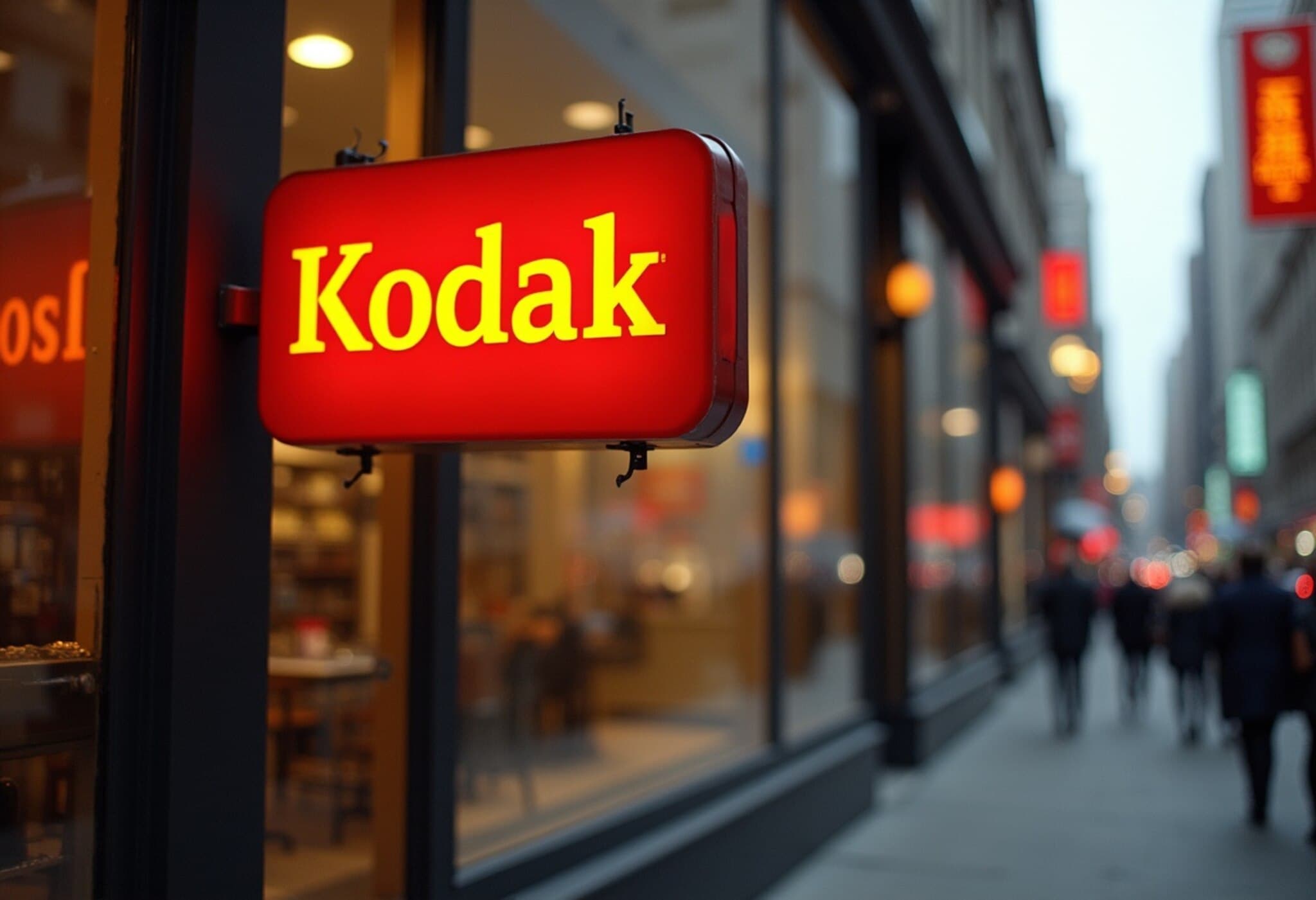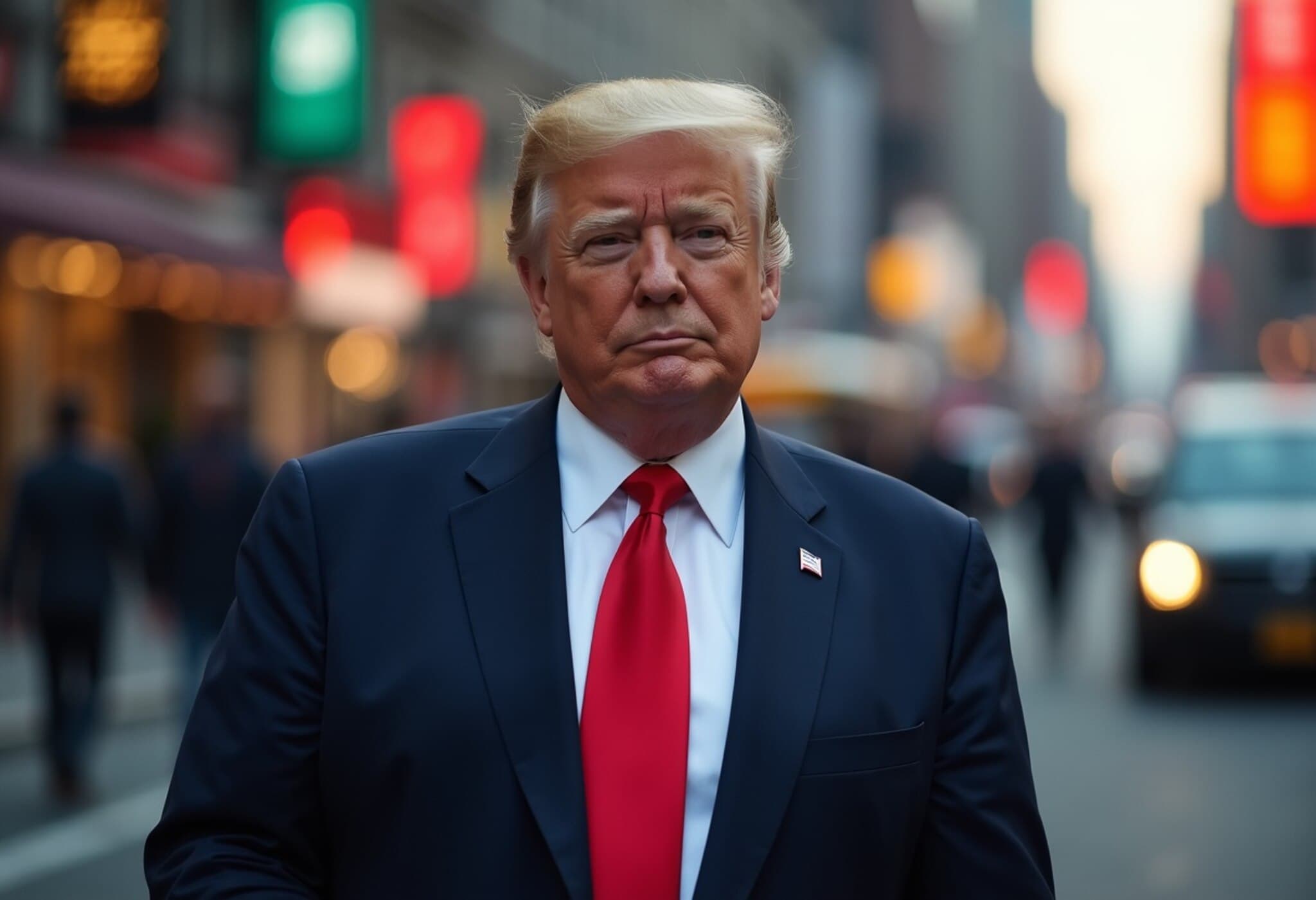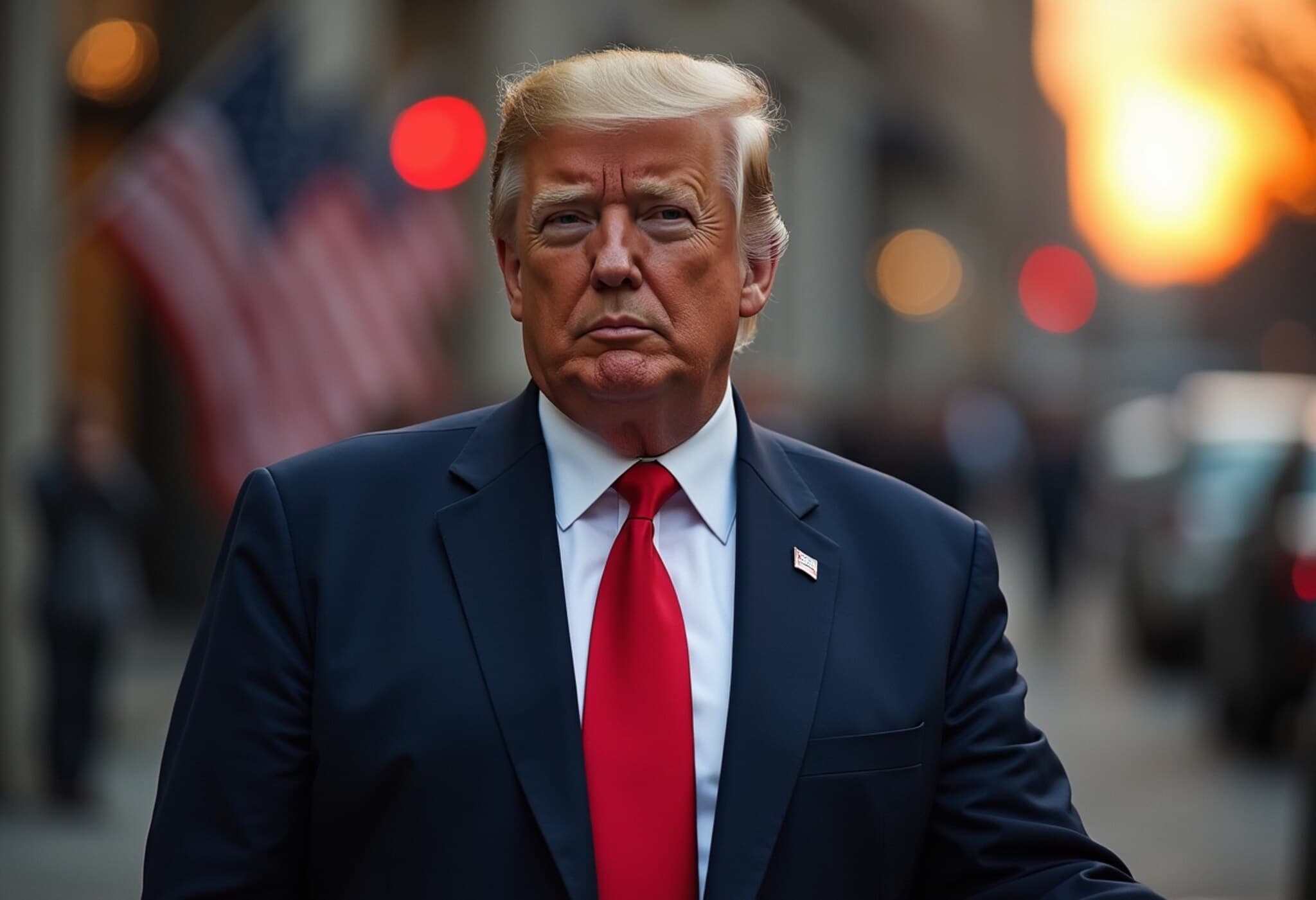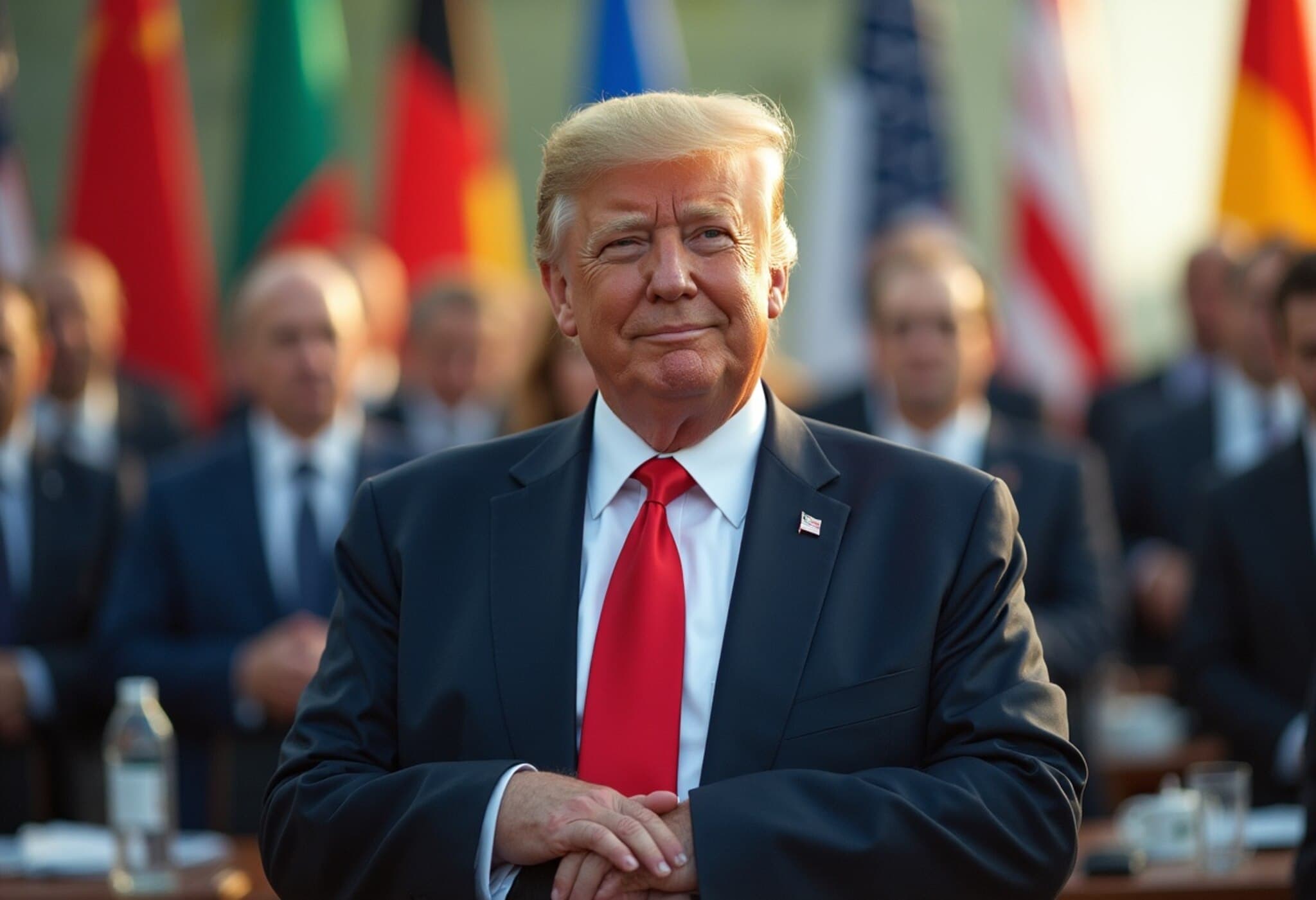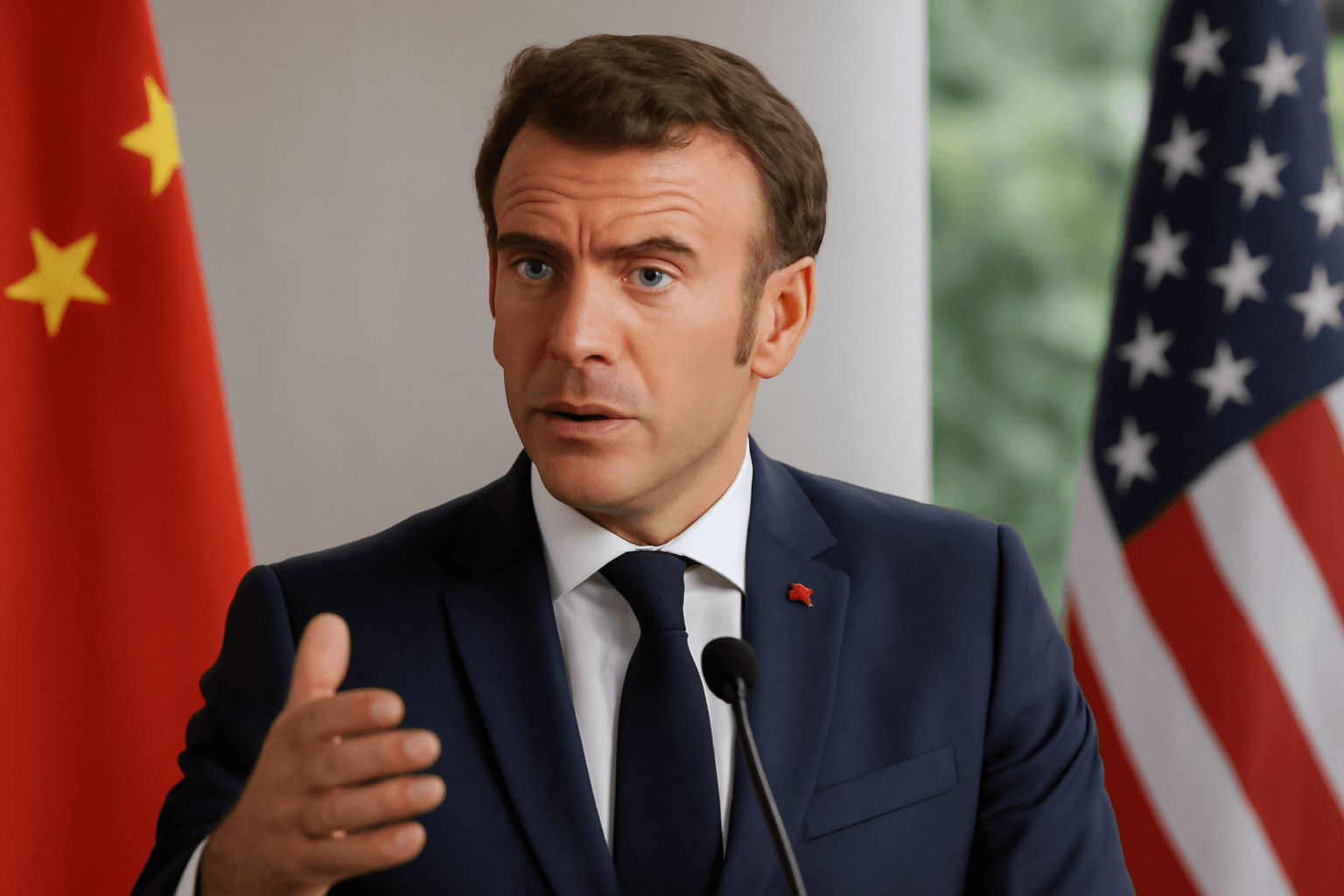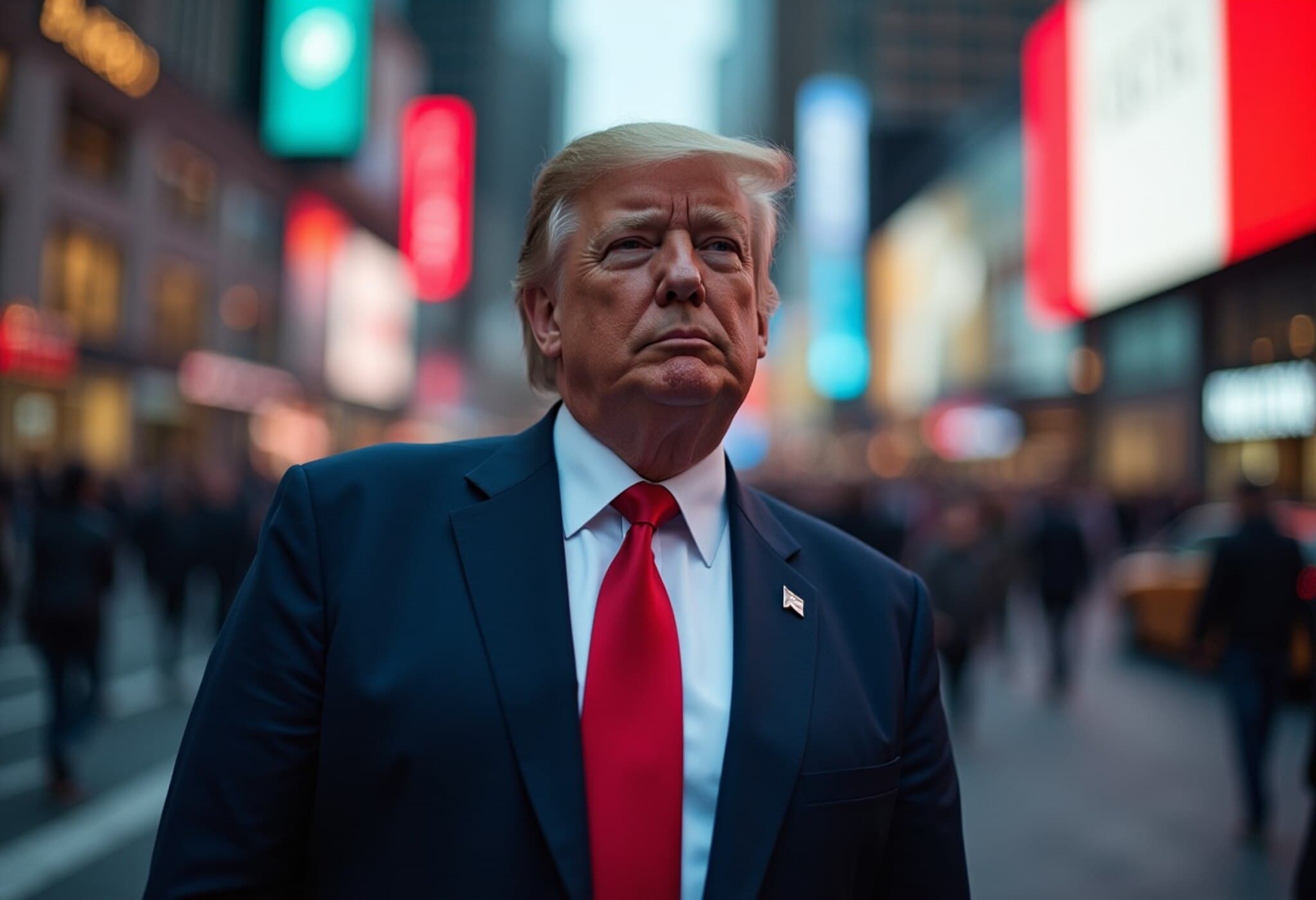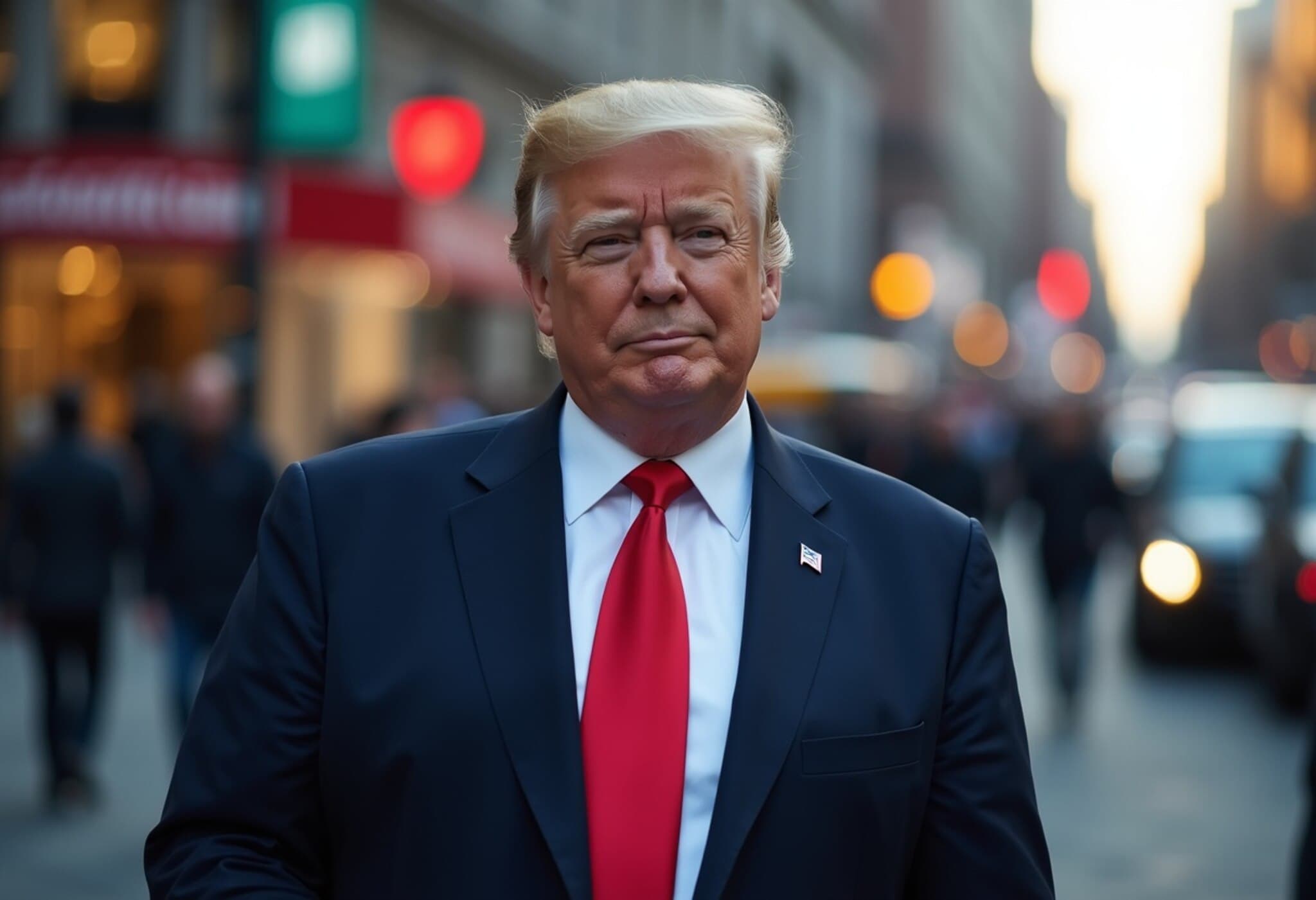Tariff Turmoil Forces CEOs to Revamp Global Business Strategies
Trade tensions have shifted from political chess pieces to central challenges for global businesses. As tariffs climb and trade policies grow unpredictable, top executives across industries—ranging from aerospace and aluminum to chocolate and pharmaceuticals—are recalibrating how they operate, invest, and engage with customers. This earnings season isn’t merely about managing currency swings and inflation; it’s about rewriting the playbook to remain competitive over the long haul.
Moving Production Closer to Home: A New Strategic Imperative
Gone are the days when “just-in-time” global supply chains reigned supreme. Now, executives are pursuing localization aggressively to shield themselves from geopolitical risks and rising tariffs. Trond Olaf Christophersen, CFO at Hydro, a major aluminum producer, highlighted the threat of material substitution driven by tariffs: “Some customers in packaging are already testing steel and plastic alternatives. That’s the long game we’re watching.” For Hydro, the tariff isn’t just a cost issue—it signals a potential erosion of competitive advantage.
Similarly, Börje Ekholm, CEO of telecommunications giant Ericsson, underscored how their 2020 launch of a North American factory was a proactive step to combat political volatility. “We’ve had that ‘Made in America’ stamp for some time,” he explained, emphasizing the protective role of local manufacturing.
Volvo Cars is taking localization further by decentralizing its operations. CEO Håkan Samuelsson revealed efforts to cultivate regional independence to rapidly adjust to evolving trade policies: “We want to fill our factory in South Carolina.” AstraZeneca’s $50 billion investment plan to pivot manufacturing into the U.S. also reflects this global trend, prioritizing not only economics but national industrial sovereignty.
The Political Dimension: Sovereignty and Government Relations
For many companies, localization also answers broader concerns over digital sovereignty and trade decoupling. Skanska CEO Anders Danielsson noted, “We’re building data centers in Europe for American hyperscalers and for European clients in the U.S… It’s a conscious decoupling. Sovereign tech is a real priority.” This marks a growing intersection of trade risk, technology policy, and national security.
Not all firms can relocate production quickly. Aerospace leader Rolls-Royce relies heavily on diplomatic engagement, working with UK and U.S. governments to secure tariff exemptions on critical components. CFO Helen McCabe explained that aligning their industrial footprint with government policies is vital to “minimize friction” amid complex trade landscapes.
Price Adjustments Amid Soaring Costs and Policy Volatility
For companies that cannot entirely shield themselves, absorbing or passing on costs is a delicate balancing act. Premium chocolatier Lindt & Sprüngli raised prices by nearly 16% this year to counter soaring cocoa prices exacerbated by West African export restrictions. CEO Adalbert Lechner admitted, however, that increasing price sensitivity among U.S. consumers is a concern.
Similarly, Givaudan’s CEO Gilles Andrier highlighted exposure to tariffs on natural ingredients sourced from Africa and Latin America, emphasizing that even localized factories can’t fully escape global commodity and trade fluctuations.
The oil market adds another layer of complexity. Shell CEO Wael Sawan described recent market gyrations as "paper-induced volatility," not driven by physical supply changes. This kind of instability hampers investment planning and risk management.
Interestingly, even the banking sector faces new challenges. UniCredit CEO Andrea Orcel pointed out that when pricing risk, traditional factors like credit or liquidity no longer suffice. “You have to model policy unpredictability,” he said, spotlighting regulatory surprises, trade tensions, and political gridlock as vital considerations in financial decision-making.
Tariffs Are No Longer Background Noise—They’re Front and Center
This earnings season clarifies a broader truth: companies now view trade policy as a core operational risk rather than a peripheral issue. Anticipating elections, industrial policy shifts, and global tensions, businesses are:
- Localizing production to mitigate risk and align with sovereignty objectives
- Diversifying supply chains to avoid overreliance on vulnerable geographies
- Engaging proactively with governments to obtain exemptions and shape policy
- Adjusting pricing strategically to balance margins with consumer demand
More than just increasing costs, tariffs are reshaping entire industries by influencing consumer choices and market dynamics. When customers switch from aluminum to steel or from premium chocolates to cheaper alternatives, the threat goes beyond immediate margins—it threatens long-term market share and brand positioning.
Implications for American Businesses and Policymakers
For U.S. companies and policymakers, this evolving landscape demands urgent attention. Trade policies, once seen as externalities, are now intrinsic to corporate strategy. The increasing call for reshoring manufacturing aligns with broader U.S. strategic ambitions to secure supply chains in critical sectors such as semiconductors, pharmaceuticals, and advanced manufacturing.
However, this transition bears costs, including higher consumer prices and the challenge of rebuilding domestic capabilities. Policymakers must balance protective measures with the risk of retaliatory tariffs and escalating trade wars, which could further strain global cooperation and economic growth.
Moreover, the emphasis on sovereign technology and data infrastructure points to a new frontier in geopolitics, where digital sovereignty shapes trade and investment flows. American leadership in these domains will be crucial in maintaining competitive advantages while fostering an open, rules-based international order.
Editor’s Note
As global trade uncertainties intensify, this earnings season exposes the intertwined nature of policy, geopolitics, and business strategy. CEOs are no longer passive observers but active navigators steering their companies through uncharted terrain. The emerging narrative is clear: tariffs and trade policies are catalysts accelerating structural shifts—prompting localization, diversification, and heightened political engagement. Moving forward, the question isn’t just how businesses can survive tariffs, but how they can leverage these challenges to innovate, build resilience, and secure long-term growth in a fragmented world.
Readers should watch closely how American firms adapt strategies amid shifting global alliances and consider what role U.S. trade policy will play in shaping competitive dynamics in the decade ahead.

